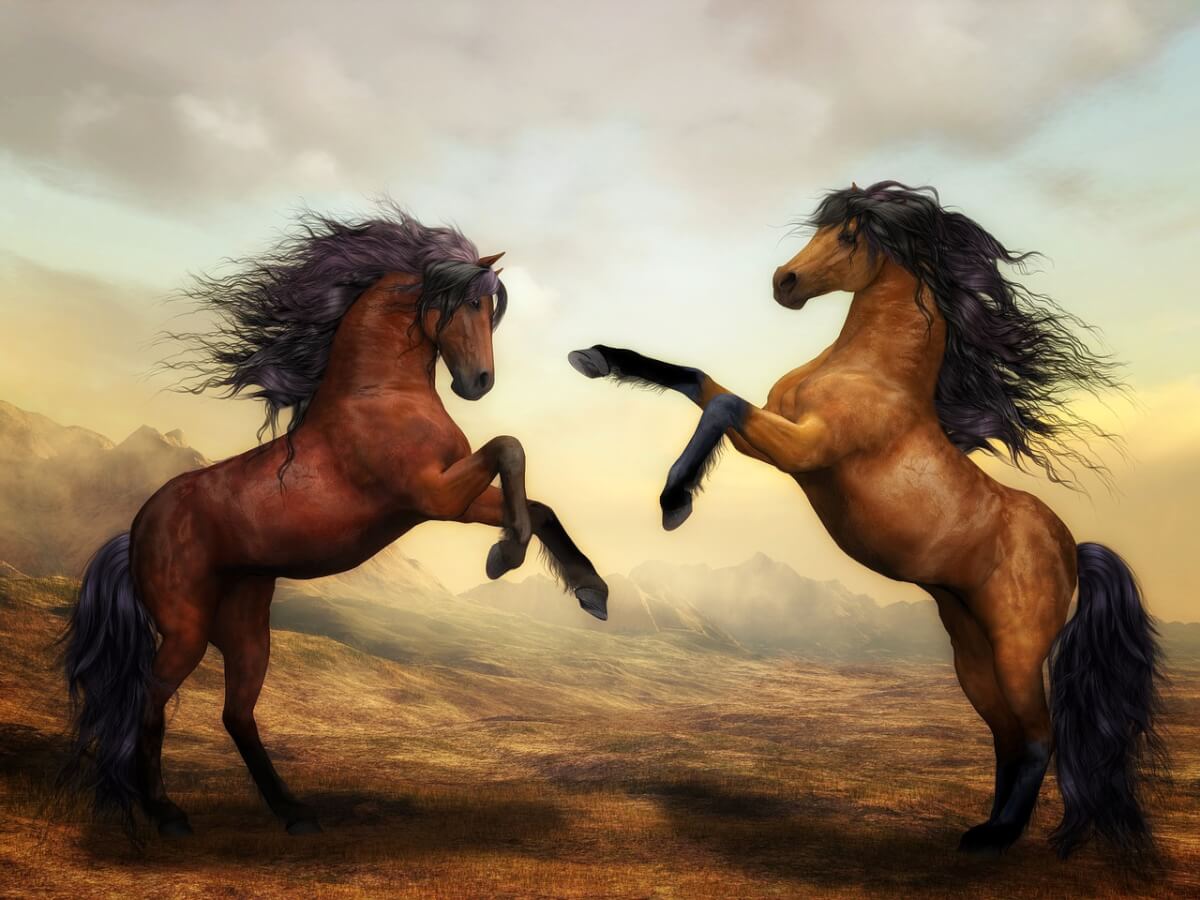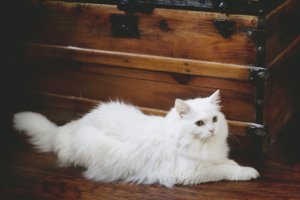vIt is thought, by some, that the foundation American Quarter Horse stock has at its roots Arabian, Turk, and Barb breeds. Others believe that the breed began with the acquisition of Chickasaw horses which were likely of Spanish extraction. Their history seems to begin around 1690, when horses exported from England were bred with native horses in America. The result of this cross was a small, stocky horse which was extremely fast in the quarter-mile sprint which the colonists loved to participate in during their off-time. Even when pitted against Thoroughbreds, this little horse came in first more often than not. Thus, the horse became known as the Quarter Horse.
In the 1800s, when the pioneers began to move west, they wanted a horse that could endure the rigors and was always willing to work. Their horse of choice was the Quarter Horse. They quickly found that the breed was excellent to use when working with cattle. Cattlemen soon preferred this animal because it seemed to know ahead of time what the cattle would do, and naturally moved to direct the herd where the cowboys wanted them to go. Even after the automobile was invented, Quarter Horses were still used almost exclusively on many ranches.
In 1940, the American Quarter Horse Association (AQHA) was formed. From that year until the present, Quarter Horse breeders have worked diligently to perfect the bloodlines. The Association has set forth strict guidelines with regard to registration of American Quarter Horses. AQHs are allowed to have limited white markings on their faces, and below their knees. If there are white patches or spots anywhere else on the horse, it is considered to not be a true Quarter Horse.
The AQHA recognizes 13 colors as acceptable for the breed. The most dominant color is sorrel, which is a reddish-brown. The other colors are bay, black, brown, buckskin, dun, gray, grullo, palomino, red roan, and blue roan. What is called a gray is what most of us perceive as white. But, there are no “white” Quarter Horses.
There are two main body types which are acceptable for registration as Quarter Horses. The “stock” type, which is shorter, more compact, stockier, and well-muscled, yet agile. The “running” type is lighter and is bred and trained for sprinting.
Because this breed is very versatile, bloodlines are built with specific tasks in mind when producing the offspring. For AQH’s shown “at halter”, the line is bred to have a heavier body appearance, because these horses are incredibly muscled. For horses used as “reiners” and “cutters”, the build is usually smaller and the horses possess cat-like, quicker movement and powerful hindquarters. Those bred for Western pleasure riding have a level “topline” and smoother gaits. Those which will be used for racing have longer legs and a leaner body build and those bred as show hunters have a similar build to the runners, but their bloodlines will include traits which are suited to horses used for hunting purposes. The whole Quarter Horse breed possesses speed, stamina, power, and an inherent willingness to please.
This horse is usually 14 to 16 hands (56 to 64 inches, or 142.24 to 162.56 centimeters) at the shoulder. The weight can vary drastically, depending on the purpose for which the horse was bred.
The American Quarter Horse is the most popular breed in the United States. And there are approximately 3.7 million registered American Quarter Horses worldwide, making it one of the most populous breeds in modern history.






